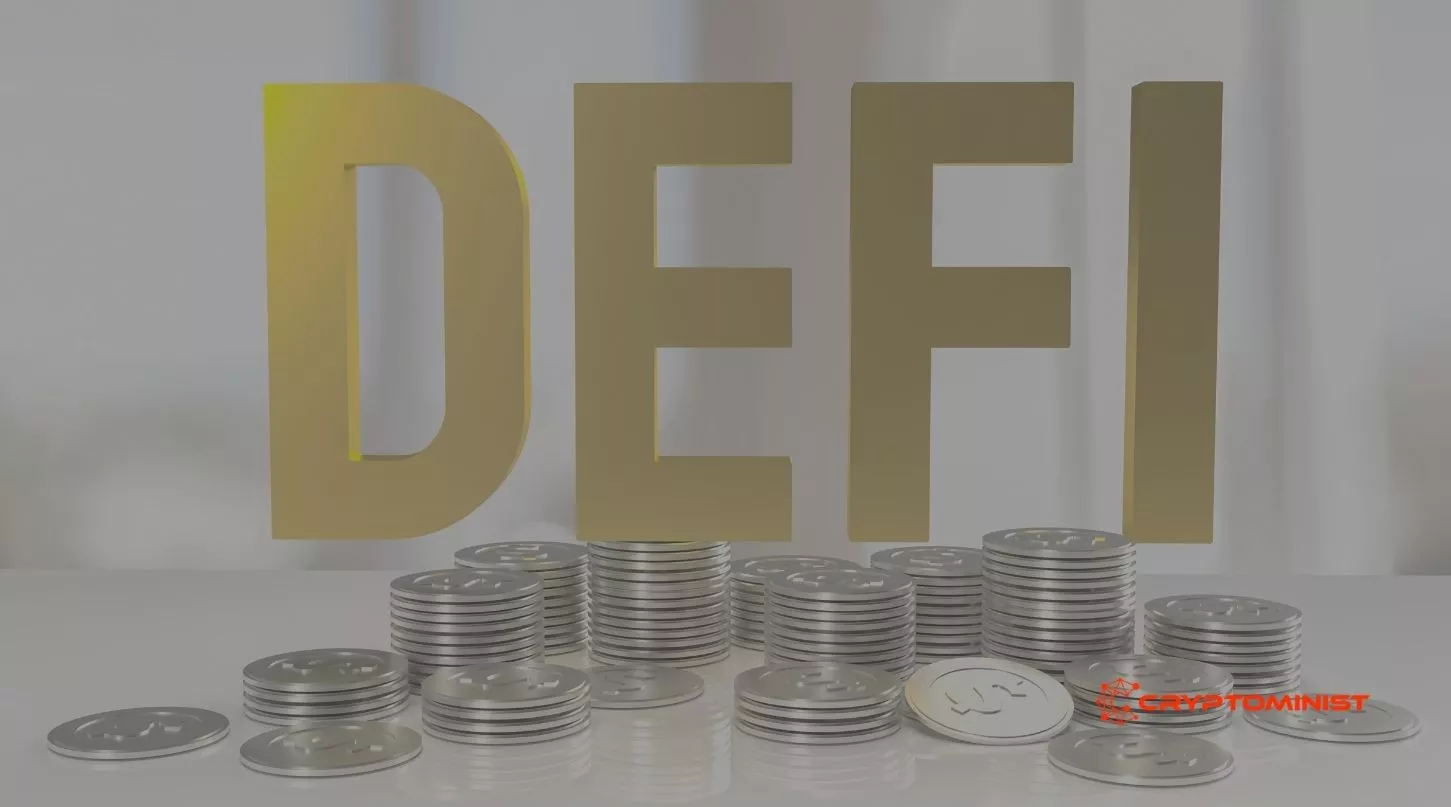In recent years, a financial revolution has been quietly underway, and it’s changing the way we think about money, banking, and financial services. This revolution is called DeFi, short for Decentralized Finance, and it represents a new way of approaching traditional financial systems.
In this article, we’ll explore what DeFi is, how it works, and the potential it holds for reshaping the financial landscape.
The Traditional Financial System
To understand DeFi, it’s essential to first grasp the traditional financial system. Traditional finance relies on intermediaries such as banks, insurance companies, and other financial institutions to facilitate transactions, manage accounts, and provide services. This system has served the world well for centuries, but it’s not without flaws.
- Centralization: Traditional finance systems are highly centralized, which means power and control are concentrated in the hands of a few institutions. This centralization can lead to issues such as inequality, censorship, and inefficiency.
- Access Barriers: Many people around the world don’t have access to traditional financial services. They might lack the necessary documentation, live in remote areas, or be excluded due to their economic status.
- Slow and Expensive: Cross-border transactions can be slow and expensive due to multiple intermediaries and currency exchange. This makes international remittances costly and time-consuming.
- Dependence on Trust: Traditional finance systems require users to trust banks and other intermediaries with their money. This trust can be eroded by financial crises, fraud, or mismanagement.
What Is DeFi?

Decentralized Finance, or DeFi, is a movement that seeks to address these issues by building an open and global financial system on the blockchain. In a DeFi ecosystem, intermediaries like banks are replaced by smart contracts and decentralized applications (DApps). Here are the key components and principles of DeFi:
- Blockchain Technology: DeFi operates on blockchain platforms, primarily Ethereum. Blockchains are decentralized ledgers that record all transactions transparently and securely.
- Smart Contracts: These self-executing contracts run on blockchain and automatically enforce the terms of an agreement without the need for intermediaries. They form the basis for many DeFi applications.
- DApps (Decentralized Applications): These are applications built on blockchain technology. In DeFi, DApps perform various financial functions like lending, borrowing, trading, and earning interest.
- Open and Permissionless: DeFi is open to anyone with an internet connection and a cryptocurrency wallet. There are no gatekeepers or access barriers.
- Global and Borderless: DeFi operates on a global scale, allowing anyone to participate, regardless of their location. This is particularly beneficial for people in regions with limited access to traditional financial services.
- Interoperability: DeFi protocols are often designed to work together, fostering an environment of interoperability. Users can move assets and data seamlessly between different applications.
- Transparency: All transactions on the blockchain are transparent and verifiable, which reduces fraud and promotes trust.
Key DeFi Use Cases
DeFi encompasses a wide range of financial services, many of which mirror traditional financial products. Some of the key DeFi use cases include:
- Decentralized Exchanges (DEXs): These platforms allow users to trade cryptocurrencies directly from their wallets. They eliminate the need for an intermediary exchange and provide more control to users.
- Lending and Borrowing: DeFi platforms enable users to lend their cryptocurrencies to earn interest or borrow assets by providing collateral. Smart contracts automate interest payments and collateral management.
- Stablecoins: These are cryptocurrencies designed to maintain a stable value, often pegged to a fiat currency. Stablecoins like USDC and DAI provide a reliable medium of exchange within the DeFi ecosystem.
- Yield Farming and Liquidity Provision: Users can provide liquidity to DeFi protocols and receive rewards, often in the form of governance tokens. This incentivizes users to contribute to the liquidity of various DeFi platforms.
- Decentralized Insurance: DeFi projects offer insurance products that protect against smart contract failures or hacks. These insurance protocols are governed by token holders.
Advantages and Disadvantages of DeFi
Here are the advantages and disadvantages of DeFi:
|
DeFi Advantages |
DeFi Disadvantages |
| Accessibility: DeFi is accessible to anyone with an internet connection, potentially bringing financial services to unbanked and underbanked populations. | Smart Contract Risks: Bugs or vulnerabilities in smart contracts can lead to the loss of funds. Security audits are essential but not foolproof. |
| Transparency: All transactions are recorded on the blockchain, enhancing transparency and reducing the risk of fraud. | Regulatory Uncertainty: DeFi operates in a rapidly evolving regulatory landscape. Regulatory changes could impact the availability and use of DeFi services. |
| Innovation: DeFi is a hotbed of innovation, with developers constantly creating new financial products and services. | Market Volatility: Cryptocurrencies are known for their price volatility, which can affect the value of assets held in DeFi protocols. |
| Global Reach: DeFi operates on a global scale, enabling cross-border transactions and reducing the cost of remittances. | Scalability: Some DeFi platforms struggle with scalability issues, leading to high gas fees and slow transaction times during periods of high demand. |
| Ownership and Control: Users have full control of their assets and participate in governance decisions for some platforms. | User Responsibility: Users are responsible for safeguarding their private keys and ensuring the security of their assets. There’s no customer support to rely on. |
Conclusion
DeFi represents a fundamental shift in the way financial services are created and accessed. By removing intermediaries and embracing blockchain technology, DeFi offers greater accessibility, transparency, and control to users. However, it also presents new challenges related to security, regulation, and scalability. As DeFi continues to evolve, it has the potential to become a powerful force in reshaping the global financial system. Whether you’re a crypto enthusiast or a traditional finance expert, understanding DeFi is crucial in navigating the future of finance.
If you like reading the above article, you may also like reading:
WHAT IS P2P CRYPTOCURRENCY TRADING?







